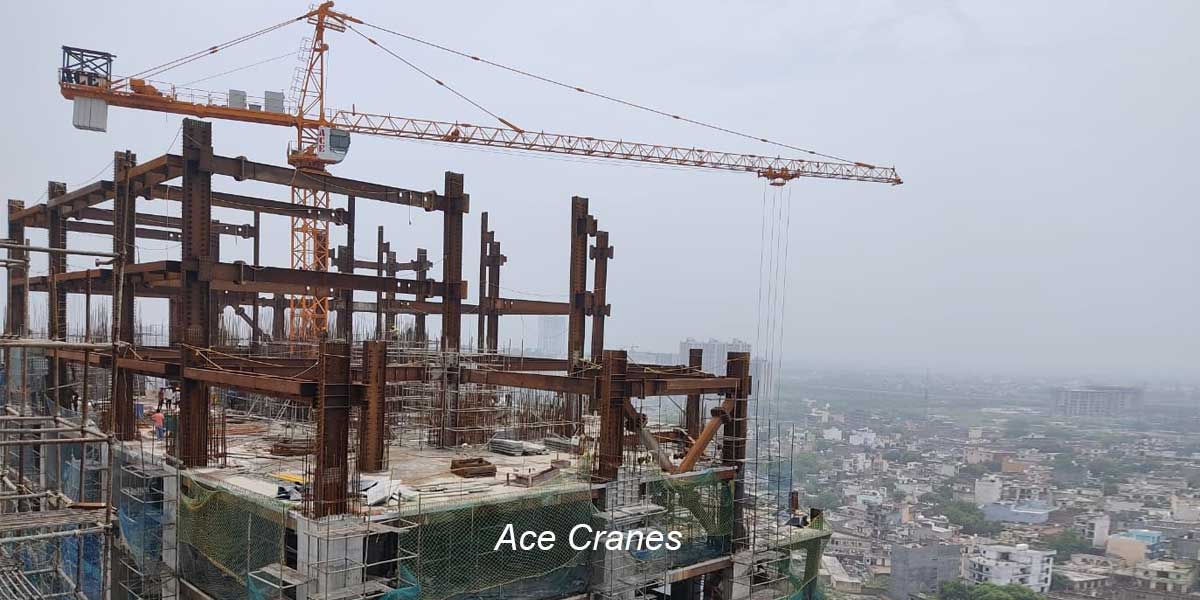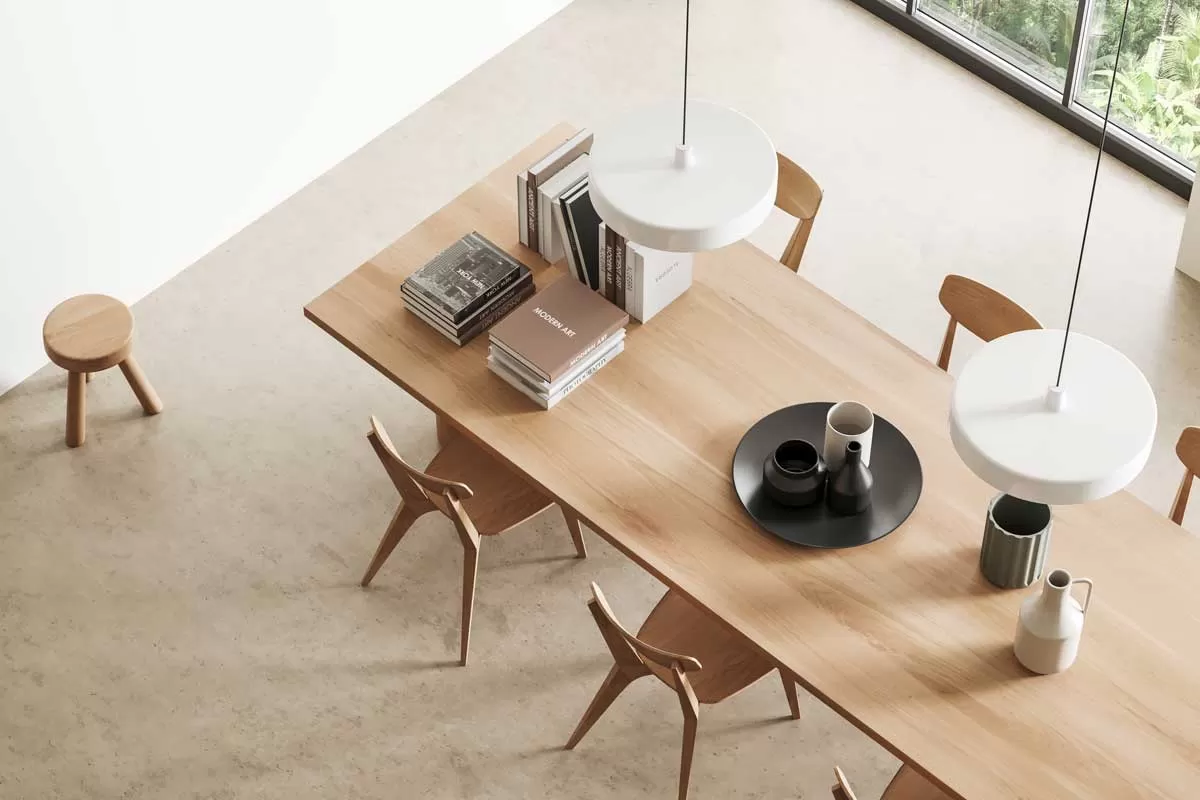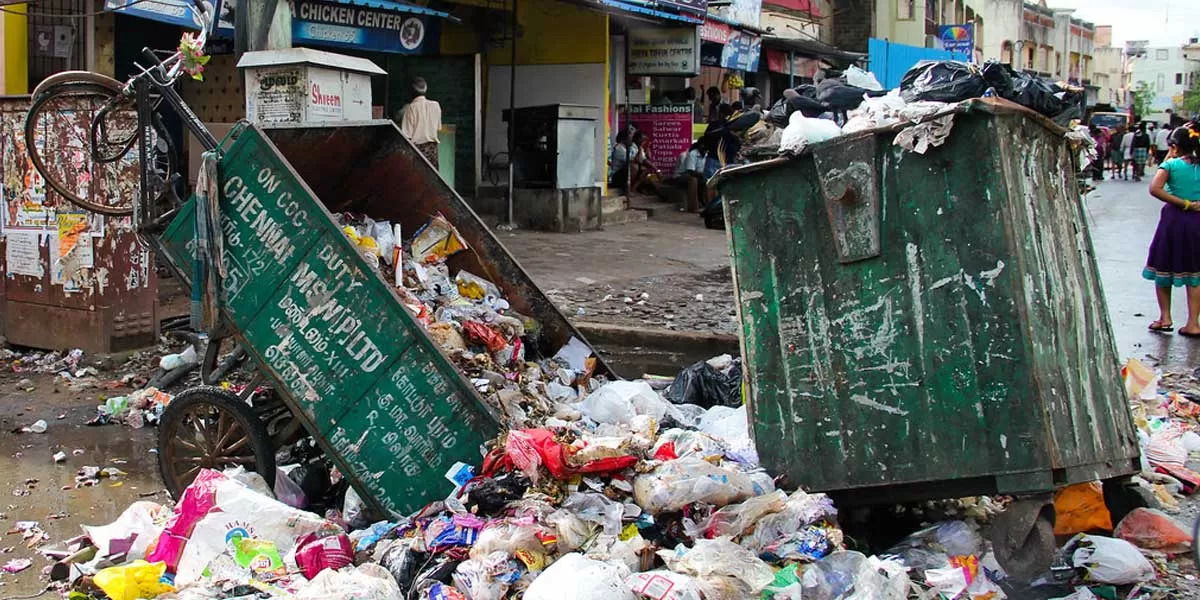A new report from Allied Market Research estimates the global construction equipment industry to have been worth $201.9 billion in 2021, and will grow to $322 billion by 2031, at a CAGR of 4.8 per cent. Whereas the earth moving segment currently holds two-fifths of the industry, the report predicts that the lifting and material handling segment will record the highest growth up until 2031, a CAGR of 7.1 per cent, on the back of growth in seaborne trade.
In India, asides the ports sector, growth in the construction and logistics industries may spur growth in the lifting and material handling equipment segment.
CW brings you a few examples of the use of lifting equipment—tower cranes, crawler cranes, hoists and aerial work platforms—on construction sites.
Case 1: What sort of tower crane did a contractor choose to be deployed for a steel structure (high rise)?
One of the most important decisions when constructing a steel structure high rise building is the selection of the tower crane. When constructing the two commercial towers of 225 metres height each in project Cyberthum by Bhutani Group at Sector 140, Noida, the contractor BL Kashyap opted for two ACE 10-ton tower cranes after thoroughly researching the market and technically evaluating the available options.
“We found that the ACE TC 6552 has 10-15 per cent more lifting capacity and working speed than the competition which is a critical factor in such high rise constructions,” shares Rajeev Tyagi, Senior Vice President, BL Kashyap. “We needed to lift heavy loads such as steel columns and horizontal I-beams weighing 5t and above, to 170 metres, which is impossible without an effective tower crane. With the ACE TC 6552, we have been able to construct 169 metres within 15 months despite various challenges like the pandemic-induced lockdowns.”
Case 2: Why did an infrastructure construction company outsource a lifting job to a lifting services provider?
For the erection of 106 full span box girders, each 32 metres long and weighing 400MT, and I girders spanning a length of 2.8 km, at viaduct 92 of the Western Dedicated Freight Corridor’s Dadri-Rewari section, L&T Construction sought the services of Sanghvi Movers. While the original plan was for the box girders to be launched with a girder launcher, which was imported from China, that machine couldn’t succeed. The tough terrain hindered the efficacy of the launchers.
When the downtime started stretching, Sanghvi Movers lent their expertise for the job, to successfully surmount the tough Aravalli terrain, unexpected flooding during the monsoon (2021) and restricted movement in the nearby residential area (Sohna) and over the highways.
“We deployed two 600 MT Terex-Demag CC2800-1 crawler cranes on the jobsite for lifting the girders,” shares Manish Pandey, Vice President, Sales & Marketing, Sanghvi Movers.
It was a challenging proposition.
“Lifting the superstructure element in tandem and then marching forward with the lifted load for 14 m to facilitate the erection needed professionalism and excellent teamwork,” according to Jaspreet Singh Gill, Head Erection and P&M In-charge, WDFC CTP-14, Larsen & Toubro Construction.
Outsourcing the job to specialists made sense. Sanghvi Movers finished the job within the stipulated timeline.
The 25 m high viaduct ensures more airflow and sunlight and has had a lesser environmental impact on the surrounding habitat than what an earthen embankment necessitating a lot of excavation would have had.
Case 3: What challenges did a leading contractor face in using a tower crane to construct one of India’s tallest towers?
We used luffing jib Liebherr 180 HCL Liebherr tower cranes for Omkar 1973, to liftmaterials to 280m high, and Liebherr 202 ECB flat top Liebherr tower cranes for Lokhandwala Minerva, to operate at 291m, shares Vishal Verma, Joint General Manager & Head - P&M (North & West), L&T ECC.
“Flat top tower cranes are operationally preferable but cannot be used in the space-constrained sites that are often encountered in cities,” continues Verma. “Technologically, in placing loads during mechanical erections, and intheir uptime, European and American tower cranes such as Liebherr and Potain cranes are superior to Indian models but more expensive, especially European models.”
One of the major challenges of using a tower crane at great heights is that there are no traditional methods to bring down the crane after the project is completed, according to Verma. “L&T used a Liebherr Derrickcrane to dismantle the Liebherr luffing jib used for 1973.”
Safety is another concern, in the sense that the operator working in isolation in the cabin should be able to sense the load the crane is carrying, for which we placed high focus cameras on the hoist, he says. “Introducing any new model of tower crane is achallenge as the country lacks the competency to operate it. Ouroperators have been trained and certified by Liebherr.”
“Also, when a tower crane is used for a long term project that can bestalled due to the lack of approvals, its maintenance becomes aconcern especially in cities like Mumbai with a climate that causes speedy corrosion,” adds Verma.
Case 4: Why are construction hoists an integral part of tall building construction?
In Hyderabad, Aparna Constructions has used Alimak SC 65/32 hoists to assist construction in each of the six blocks of Aparna One, an ultra-premium gated development. Each block comprises a 133 metres tall tower.
Alimak is a sturdy hoist, and the model we chose is a fast-moving one in India, says Purna Prasad, AGM Purchase, Aparna Constructions. “While Alimak is a little more expensive than Indian or Chinese brands, Alimak offers better safety features and is more reliable in terms of uptime.”
Aparna Constructions also had to consider the fact that the hoist was intended to be used to transport marble blocks of size 3 metres by 2.3 metres (length by height) besides labour and other materials. “Such large blocks would not fit in a normal hoist but they fitted into the Alimak model,” points out Prasad. “Each block weighed 400 kg which suited the 2-ton safe working load of Alimak.”
While the Alimak SC 65/32 hoist comes in both single cage and double cage models, Prasad opted for the single cage model as that could sufficiently transport the men and materials.
When the project is completed the hoist can be easily dismantled and taken to the next project site, an essential feature, which adds value to the product, adds Prasad.
Case 5: What did a lifting equipment rental service company look for when buying an aerial work platform?
When we sought to buy a mobile elevating work platform for our rental services, we were very clear about getting a product backed by strong service, says Harish Chandra Yadav, CEO, Harish Crane & Generator Service. “So, we opted for the XG1412 and XG1614HD model aerial work platforms from the XCMG group companies, a brand that has had an India presence since 2018 but is backed by Schwing Stetter, which has been around for the last 24 years and has a solid pan India service network. In our first year of using the machine, we have faced no issues, and the immediate resolution ofproblems by the Schwing Stetter team.”
We understand deploying an aerial work platform can help save 16 per cent of the project cost by cutting down on the need for labour, continues Yadav.
Schwing Stetter-XCMG’s aerial work platforms integrate power saving to control vibrations by 8-12 per cent, reduces fuel consumption by matching the power demand with the actual output, and an expanded range of work options.
“With the XG1412 and XG1614HD models, we are enjoying better safety through multi-level safety systems and getting real-time feedback on parameters like slope, bucket inclination, weight on the platform, engine condition, etc. on a new LED display unit,” adds Yadav. “The data collected also helps Schwing Stetter’s engineers to remotely diagnose and troubleshoot necessary faults.”


















